Winter oilseed rape crops are doing well so far this backend with the very early-sown crops already at the six- to eight-leaf stage and showing a good, bulky canopy.
The significant increase in planted area this backend (50%+) resulted in a shortage of pre-emerge herbicides for a period, leaving a proportion of crops to be sprayed post-emergence for both broadleaved weeds and grass weeds.
While the timing of pre-emerge herbicides is easy to explain, it can be difficult to get it done. To some degree, the converse is true of post-emerge herbicide application – relatively easy to do but more difficult to get it right.
With autumn post-emerge herbicides, the challenge is to ensure that all the target weeds are emerged at the time of application. This must be balanced against our ability to hit them with herbicide as the canopy grows to cover the targets.
Predominantly pre-emerge
Up to a few years ago, the main herbicide option for use post-emergence was Kerb and its associated products – Astrokerb, Barclay Propyz etc.
The main active, propyzamide, was very good against many grass weeds but it had a more limited capability on broadleaved weeds. The introduction of Astrokerb saw Kerb supplemented with aminopyralid to broaden its weed spectrum.
The ‘Kerb’ products have long been the main choice of many growers, sometimes as the only product used. Where rape planting and cereal harvesting take place at the same time, it can be difficult to get pre-emerge herbicides applied.
Table 1 lists the main herbicide products for use on winter oilseed rape post-emergence, both broadleaved weeds and grass weeds.
Different products have different recommendations with a number allowed up to nine true leaves.
However, their ability to kill target weeds is dependent on the size of the weed and some are really only controlled by pre-emerge application of many products.
At this point, most crops have received some herbicide, either a metazachlor-based product such as Butisan S, Rapsan Turbo or Katamaran Turbo, before or around emergence or a combination of a number of the products that are post emerge only.
Centium is restricted to pre-emergence application only and so it is not included in Table 1.
It is only in relatively recent years that products have come to the market that can be used to target weeds post-emergence on rape and especially the more troublesome weeds.
Either way, most crops have a separate need for specific graminicides to control what could be a range of grass weeds.
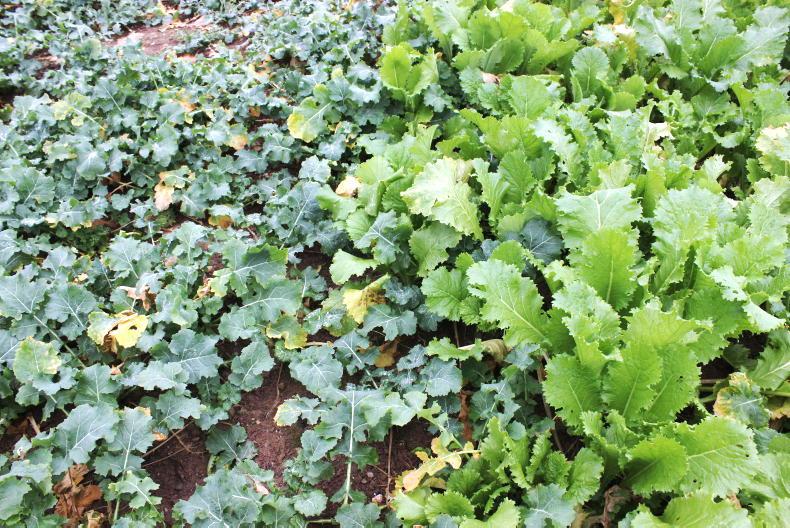
The plot of Clearfiled winter oilseed rape on the left shows the activity of the Cleranda herbicide while the right hand side is heavily infested with vigorous volunteer leafy turnip plants.
Post-emergence still limited
All products containing metazachlor are now out of the picture for winter rape because weeds are too big to be controlled.
While most crops have already received some broadleaved weed treatment, pre- or post-emergence, there are still crops in need of varying herbicide treatments.
For those with problem broadleaved weeds like cleavers, etc, products such as Belkar, Galera and Korvetto can be used but the latter two are confined to spring application.
For anyone with no treatment applied yet where weeds are present, especially weeds such as cleavers, chickweed, poppy and common fumitory, Belkar at 0.5l/ha will provide good control providing weeds are not already too big.
In all instances, check out the product label to ensure that the product you use will, or can, tackle the weeds present in your crop. Grass weeds will need to be tackled separately.
Where cleavers are not a problem and weeds like chickweed, mayweed and common poppy are the main problems, along with a range of grass weeds, then opting to use Astrokerb may be the most cost-effective option.
The Kerb products are limited by the size of the specific weeds but they are good on most grass weeds including annual meadowgrass, sterile brome, wild oats and volunteer cereals.
Established blackgrass is regarded as being only moderately susceptible, but it will get younger plants at up to the two-leaf stage.
Crops need to be hardened off by cold conditions before Kerb products are applied.
Where weeds like creeping thistles, spear thistle or dandelion are a particular problem, using products containing clopyralid, such as Dow Shield, Cliophar and Galera, can be very useful.
Almost all crops will require grass weed control and most will require specific graminicides like those listed in the lower half of Table 1. Individual products differ somewhat in terms of the specific grasses stated on the labels so these need to be checked out relative to the problems in your fields.
As grass weeds germinate over a prolonged period it is always a challenge to get timing correct.
These are not residual actives and so the target weeds need to be present at the time of application.
For this reason, it is important to delay application in the hope of maximising weed emergence but this must be balanced against the impact of a developing canopy (crop and weeds) that can shade or shelter small grassweed leaves from herbicide during application.
This can be especially important when dealing with blackgrass, as plants that escape control can multiply up as a problem in an oilseed rape crop, unbeknown to the grower.
Herbicide tolerant varieties
The use of herbicide-tolerant varieties is increasing. This is allowing oilseed rape to be grown in fields that have a problem with other brassica weeds such as charlock. This requires the use of a specific Clearfield or CL tagged variety and specific herbicides that should only be applied to Clearfield varieties.
Where these are present, the herbicide Cleranda should be applied somewhere between the five- and eight-leaf stage to optimise weed emergence and the spray hit on target weeds.
Weed size is also a factor in successful control and so timing will be a compromise between the level of emergence, the size of each specific weed and the development of the canopy.
It is important to control the full range of grass weeds in winter oilseed rape as they tend to be unseen in the canopy of a growing crop. The size of the weed is critical for the effective use of many herbicides. Some herbicides can only be applied in springtime because of the impact of one of the actives on the developing crop plants.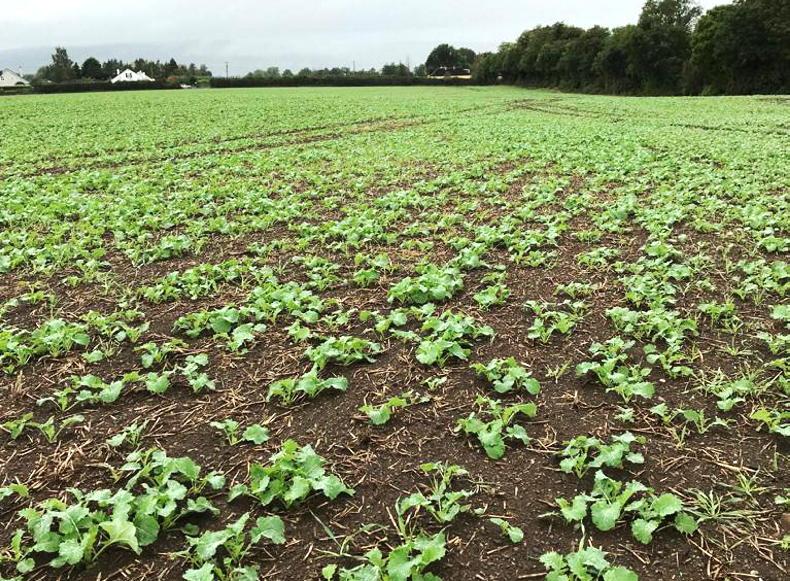
The structure of oilseed rape crops can influence the herbicide options that can be used.
Winter oilseed rape crops are doing well so far this backend with the very early-sown crops already at the six- to eight-leaf stage and showing a good, bulky canopy.
The significant increase in planted area this backend (50%+) resulted in a shortage of pre-emerge herbicides for a period, leaving a proportion of crops to be sprayed post-emergence for both broadleaved weeds and grass weeds.
While the timing of pre-emerge herbicides is easy to explain, it can be difficult to get it done. To some degree, the converse is true of post-emerge herbicide application – relatively easy to do but more difficult to get it right.
With autumn post-emerge herbicides, the challenge is to ensure that all the target weeds are emerged at the time of application. This must be balanced against our ability to hit them with herbicide as the canopy grows to cover the targets.
Predominantly pre-emerge
Up to a few years ago, the main herbicide option for use post-emergence was Kerb and its associated products – Astrokerb, Barclay Propyz etc.
The main active, propyzamide, was very good against many grass weeds but it had a more limited capability on broadleaved weeds. The introduction of Astrokerb saw Kerb supplemented with aminopyralid to broaden its weed spectrum.
The ‘Kerb’ products have long been the main choice of many growers, sometimes as the only product used. Where rape planting and cereal harvesting take place at the same time, it can be difficult to get pre-emerge herbicides applied.
Table 1 lists the main herbicide products for use on winter oilseed rape post-emergence, both broadleaved weeds and grass weeds.
Different products have different recommendations with a number allowed up to nine true leaves.
However, their ability to kill target weeds is dependent on the size of the weed and some are really only controlled by pre-emerge application of many products.
At this point, most crops have received some herbicide, either a metazachlor-based product such as Butisan S, Rapsan Turbo or Katamaran Turbo, before or around emergence or a combination of a number of the products that are post emerge only.
Centium is restricted to pre-emergence application only and so it is not included in Table 1.
It is only in relatively recent years that products have come to the market that can be used to target weeds post-emergence on rape and especially the more troublesome weeds.
Either way, most crops have a separate need for specific graminicides to control what could be a range of grass weeds.

The plot of Clearfiled winter oilseed rape on the left shows the activity of the Cleranda herbicide while the right hand side is heavily infested with vigorous volunteer leafy turnip plants.
Post-emergence still limited
All products containing metazachlor are now out of the picture for winter rape because weeds are too big to be controlled.
While most crops have already received some broadleaved weed treatment, pre- or post-emergence, there are still crops in need of varying herbicide treatments.
For those with problem broadleaved weeds like cleavers, etc, products such as Belkar, Galera and Korvetto can be used but the latter two are confined to spring application.
For anyone with no treatment applied yet where weeds are present, especially weeds such as cleavers, chickweed, poppy and common fumitory, Belkar at 0.5l/ha will provide good control providing weeds are not already too big.
In all instances, check out the product label to ensure that the product you use will, or can, tackle the weeds present in your crop. Grass weeds will need to be tackled separately.
Where cleavers are not a problem and weeds like chickweed, mayweed and common poppy are the main problems, along with a range of grass weeds, then opting to use Astrokerb may be the most cost-effective option.
The Kerb products are limited by the size of the specific weeds but they are good on most grass weeds including annual meadowgrass, sterile brome, wild oats and volunteer cereals.
Established blackgrass is regarded as being only moderately susceptible, but it will get younger plants at up to the two-leaf stage.
Crops need to be hardened off by cold conditions before Kerb products are applied.
Where weeds like creeping thistles, spear thistle or dandelion are a particular problem, using products containing clopyralid, such as Dow Shield, Cliophar and Galera, can be very useful.
Almost all crops will require grass weed control and most will require specific graminicides like those listed in the lower half of Table 1. Individual products differ somewhat in terms of the specific grasses stated on the labels so these need to be checked out relative to the problems in your fields.
As grass weeds germinate over a prolonged period it is always a challenge to get timing correct.
These are not residual actives and so the target weeds need to be present at the time of application.
For this reason, it is important to delay application in the hope of maximising weed emergence but this must be balanced against the impact of a developing canopy (crop and weeds) that can shade or shelter small grassweed leaves from herbicide during application.
This can be especially important when dealing with blackgrass, as plants that escape control can multiply up as a problem in an oilseed rape crop, unbeknown to the grower.
Herbicide tolerant varieties
The use of herbicide-tolerant varieties is increasing. This is allowing oilseed rape to be grown in fields that have a problem with other brassica weeds such as charlock. This requires the use of a specific Clearfield or CL tagged variety and specific herbicides that should only be applied to Clearfield varieties.
Where these are present, the herbicide Cleranda should be applied somewhere between the five- and eight-leaf stage to optimise weed emergence and the spray hit on target weeds.
Weed size is also a factor in successful control and so timing will be a compromise between the level of emergence, the size of each specific weed and the development of the canopy.
It is important to control the full range of grass weeds in winter oilseed rape as they tend to be unseen in the canopy of a growing crop. The size of the weed is critical for the effective use of many herbicides. Some herbicides can only be applied in springtime because of the impact of one of the actives on the developing crop plants.
The structure of oilseed rape crops can influence the herbicide options that can be used.







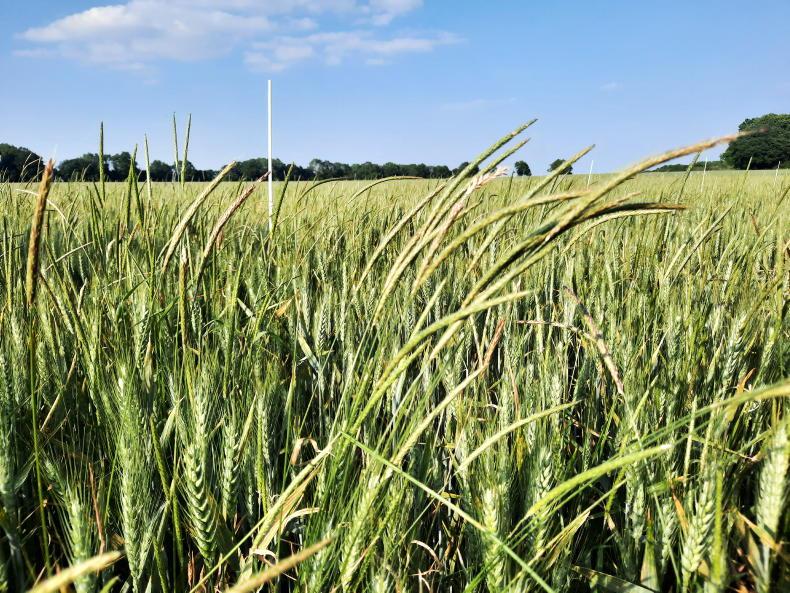
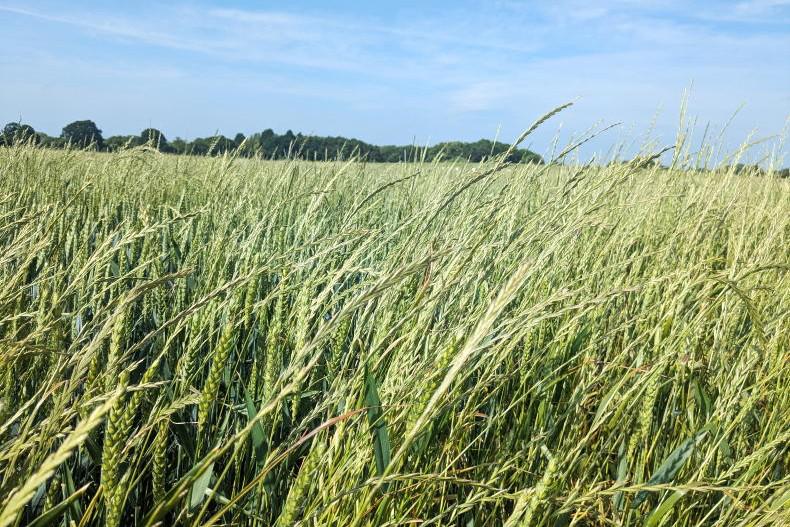
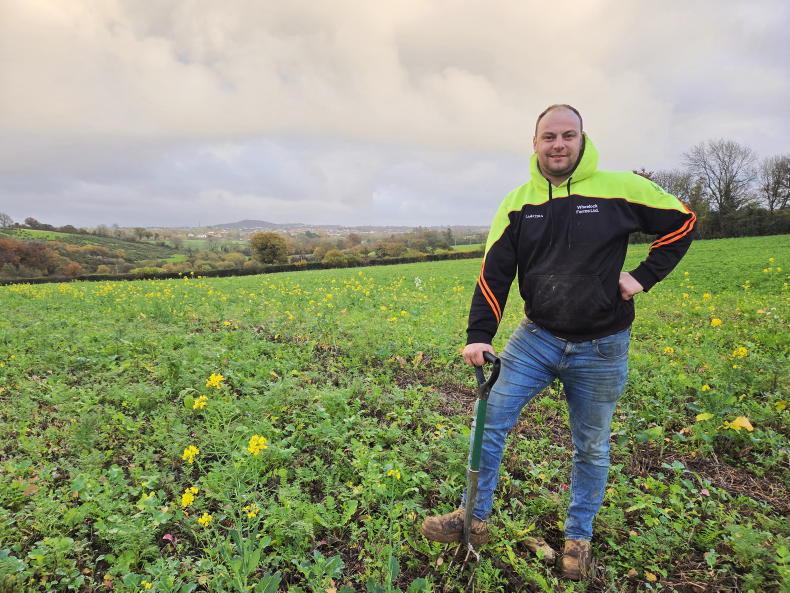
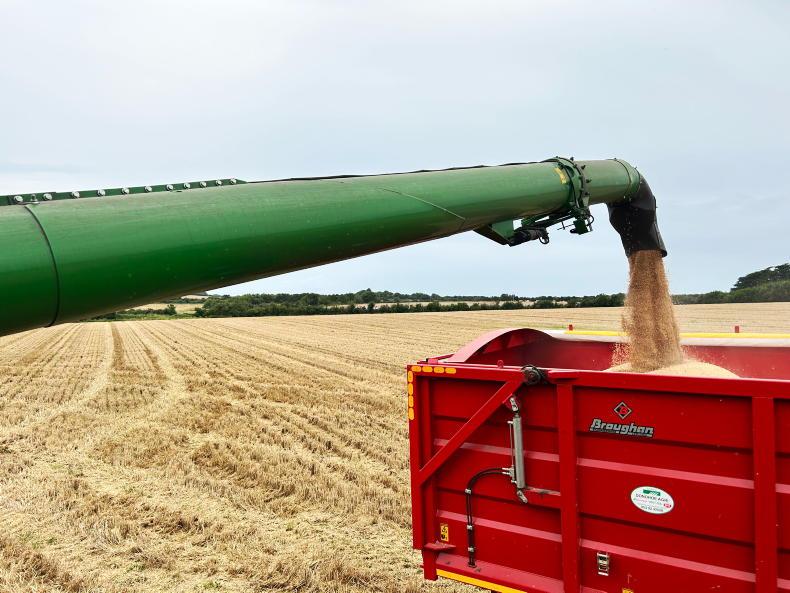
SHARING OPTIONS